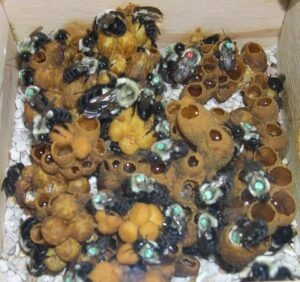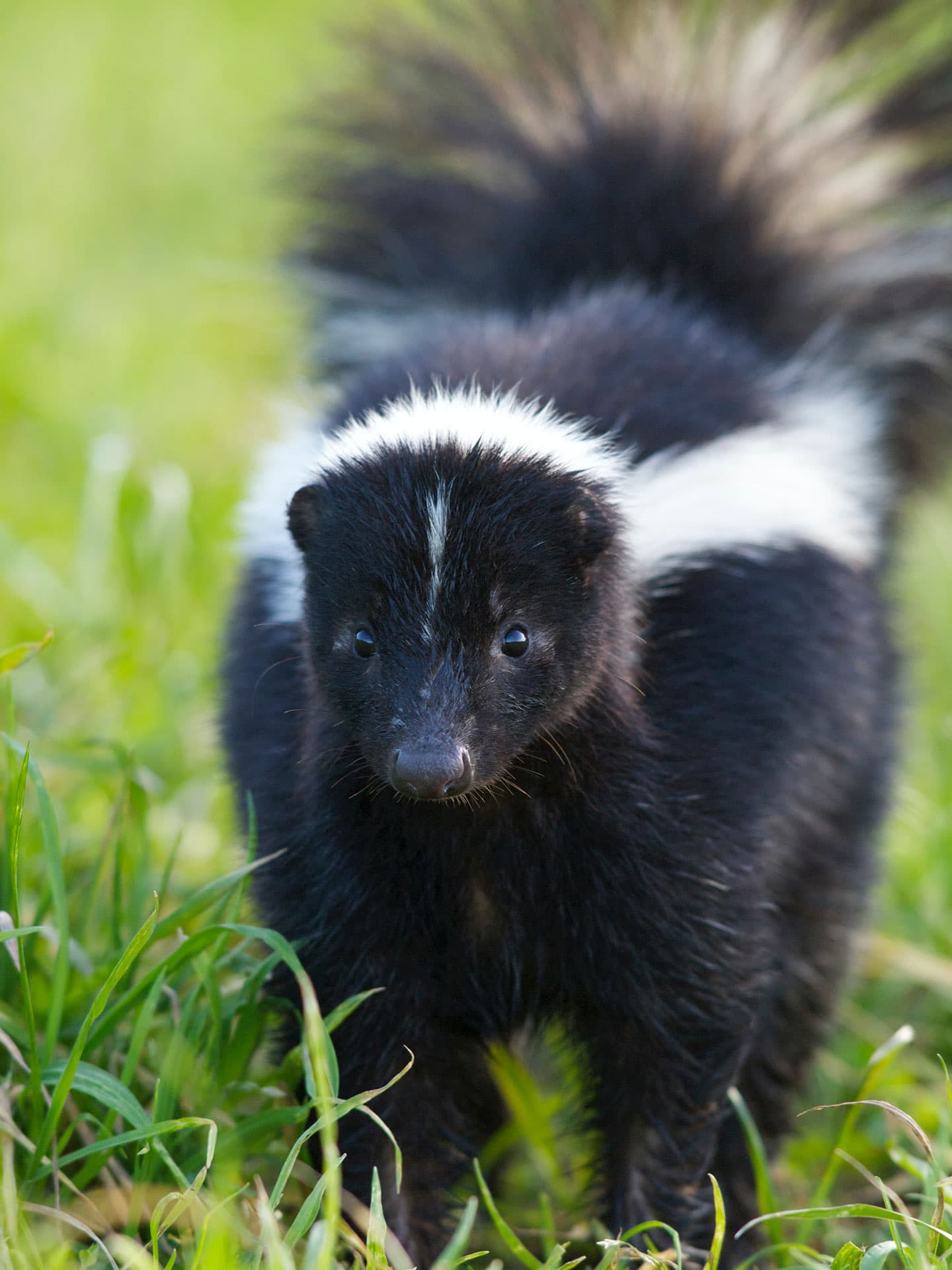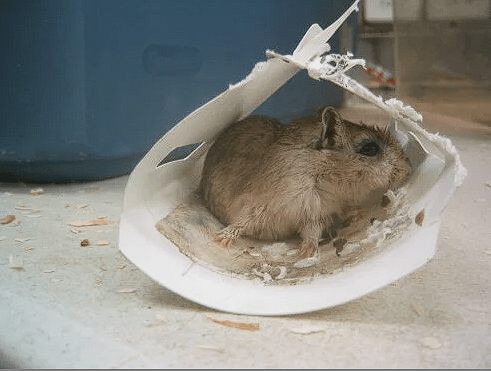Bumblebees: Friend or Foe (And When to Call for Backup)?
Let’s talk about bumblebees.
Fuzzy, industrious, seemingly clumsy. These aren’t your aggressive wasp cousins.
In the grand scheme of Calgary’s ecosystem, our native bumblebees are bona fide superheroes.
Seriously!
They’re incredible, invaluable pollinators, crucial for everything from the flowers in your garden to the food on your plate. They’re often seen lazily buzzing from bloom to bloom, minding their own business, utterly uninterested in you. And for the most part, that’s exactly how they operate: docile, beneficial, and best left alone.
But here’s the kicker: “usually” doesn’t mean “always.”
Even the most chill superhero can get a little… defensive… if you mess with their lair. And for a bumblebee, their “lair” is their nest.
The Bumblebee Buzzkill: When Docile Becomes Defensive
While a solitary bumblebee floating around your petunias poses virtually no threat, a nest near a high-traffic area is a different story. Picture this: a hidden nest in your porch steps, a burrow right by your back door, or nestled in that dense shrubbery where your kids play.
When their home is constantly being vibrated, stepped on, or just generally disturbed by the daily comings and goings of human life, those usually placid bumblebees can become aggressive. And yes, unlike honeybees, a bumblebee can sting you multiple times. It’s not usually severe, but it can be painful and, for some, trigger a dangerous allergic reaction.
Furthermore, if those little fuzz-bombs start finding their way inside your home, that’s a clear sign their nest is too close for comfort.
Relocation? Not for These Guys.
Now, you might have heard about bee relocation services. That’s fantastic, and it’s almost exclusively for European honeybees, a species that lives in large, permanent hives and can be moved by beekeepers.
Bumblebees are different. Our native bumblebees create smaller, annual nests in the ground, in dense grass, under sheds, or in old rodent burrows. These nests are temporary; the colony dies off in the fall, and a new queen starts a new nest elsewhere next spring.
Because of their nesting habits and unique biology, relocating a bumblebee nest is simply not a viable option. There’s no “beekeeper” for bumblebees in the same way there is for honeybees, and attempting to move their fragile, often subterranean nests usually results in the destruction of the colony anyway.

A bumblebee nest. This is usually underground!
When to Call Grove: A Difficult Decision, Made Responsibly
At Grove Eco-friendly Pest Control, our philosophy is always “least harm, most effective.” For native bumblebees, this means:
- If the nest is in an undisturbed area, and they’re not bothering anyone, our strongest recommendation is to leave them be. Let them do their invaluable work. Appreciate them. They’ll be gone by late fall anyway.
- However, if a bumblebee nest is located in a high-traffic area (e.g., near a doorway, patio, play area), or if bees are consistently entering your home, it becomes a safety issue. In these specific situations, and only then, we can provide a professional elimination of the nest.
We approach these situations with the utmost care and respect for the environment. Our goal is to address the immediate safety concern for your family while minimizing any broader impact. We’ll assess the situation, confirm it’s bumblebees (and not a more aggressive wasp species), and explain the necessary steps.
Your home should be a safe haven. And sometimes, even beneficial creatures can pose a risk when their natural habits clash with ours. If you’re dealing with a bumblebee nest that’s become a problem, give Grove Eco-friendly Pest Control a call. We’ll help you navigate the situation responsibly.



